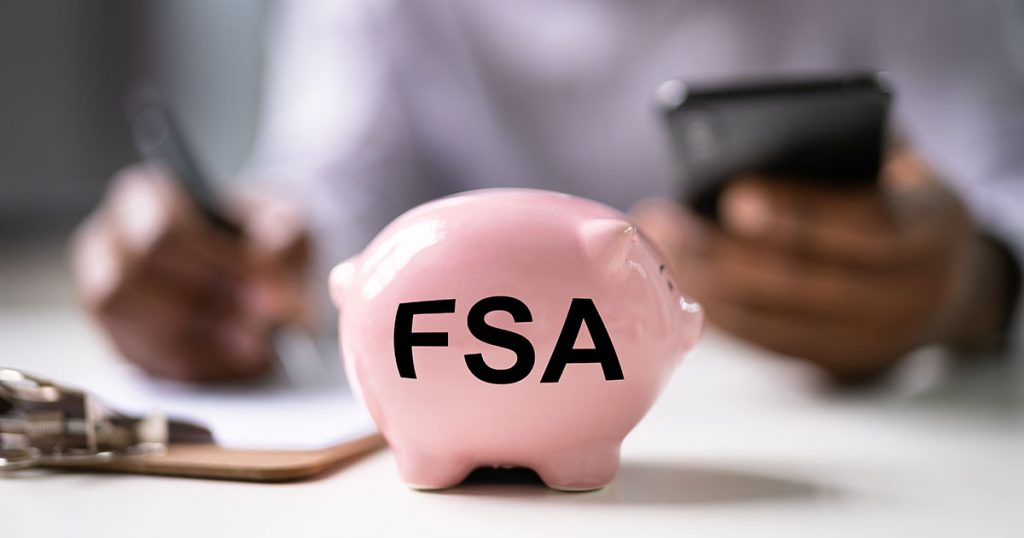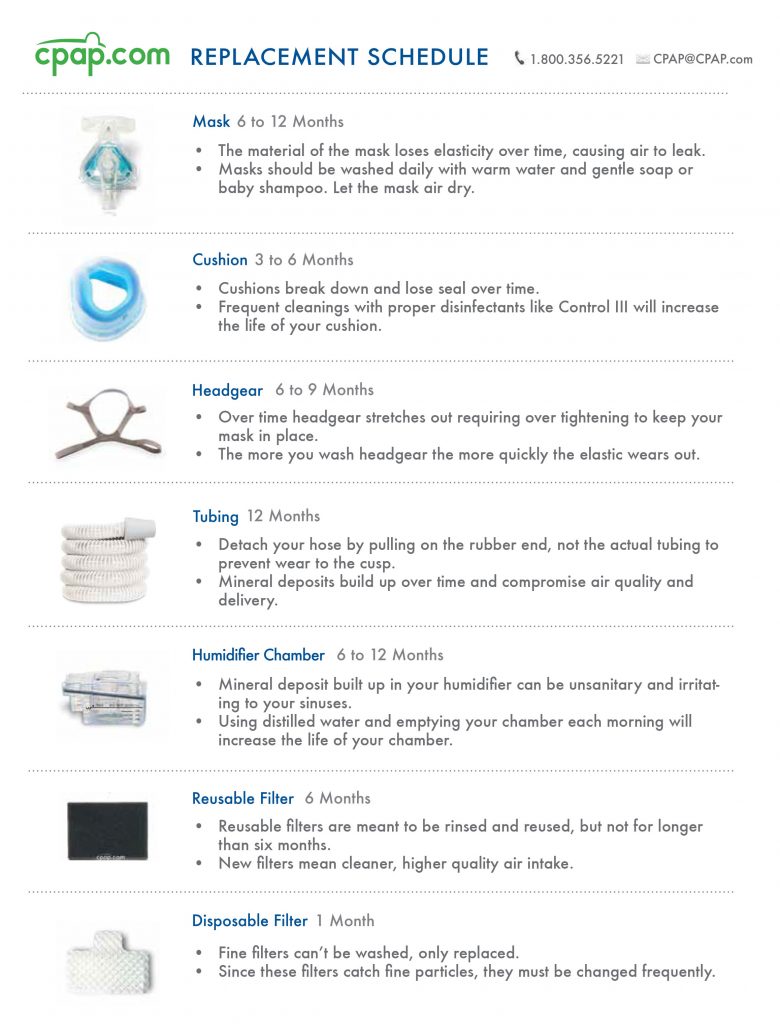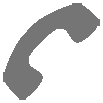
💡 Key Takeaways
- Utilize Year-End FSA Funds: As the year comes to an end, consider using your Flexible Savings Account (FSA) funds to upgrade your CPAP equipment or buy necessary supplies before they expire on December 31st.
- CPAP Expenses Are FSA-Eligible: If you have been diagnosed with sleep apnea, your FSA should cover CPAP machines, masks, and even cleaning supplies, making it a cost-effective way to manage your treatment.
- Understand FSA vs. HSA: While both FSAs and Health Savings Accounts (HSAs) can be used for healthcare expenses, FSAs typically expire at the end of the year, unlike HSAs, which have no expiration date.
- Check Employer Policies: Employer-specific rules may allow for a rollover of up to $500 in FSA funds or an extension of the spending deadline. Make sure to understand your company’s policies to avoid losing unused funds.
- Invest in Your Health: Using FSA funds for CPAP equipment not only saves you money but also contributes to better sleep health, reducing risks of heart attack, stroke, and daytime drowsiness.
As we reach the end of the year there are many financial decisions to be made. But there is one that many people tend to overlook– how to use all the funds in your Flexible Savings Account before they expire on December 31st.
If you’ve been prescribed CPAP therapy, this is a great time to upgrade your CPAP machine or mask. Not in the market for new CPAP equipment? You can still take advantage of your FSA funds by stocking up on CPAP hoses, filters, cleaning supplies, or other accessories.
Let’s go over what you need to know about CPAP FSA eligibility to make the most of your hard-earned savings! This article will cover:
- CPAP Equipment to Buy With Your FSA Funds
- What Is a Flexible Savings Account?
- Why You Should Use Your FSA on CPAP Therapy
- How an FSA Account Works
- The Difference Between an FSA and HSA
- Things You Can Purchase With FSA Funds
Use FSA Funds to Buy the CPAP Equipment You Need
Your FSA account can be used to purchase everything you need to maintain your sleep apnea treatment, including new CPAP equipment, replacement parts, and supplies to last you a whole year!
If you have questions about a specific product, we encourage you to talk to your benefits plan administrator.
- CPAP Machines: You can use your FSA to buy yourself a new CPAP machine with all the latest comfort features, including heated humidity, ramp function, expiratory pressure relief, and user-friendly design. And if you’re looking for a low-cost backup machine, you can’t go wrong with the AirSense 10 Card-to-Cloud
Check out our picks for Best CPAP Machines, like the ResMed AirSense 11!
- Travel CPAP Machines: If you’re always on the go, now is the perfect time to use your FSA funds to purchase a travel CPAP machine! With these compact devices, you’ll never have to choose between packing an extra pair of shoes or your CPAP machine again!
Read about our Best Travel CPAP Machines, starting with ResMed’s AirMini!
- CPAP Masks: Have you been looking for a comfortable mask that doesn’t leak or cause red marks? If so, you can use your FSA money to buy a new CPAP mask. And with CPAP.com’s 30-Day Risk-Free Mask Fit Guarantee, you can return your purchase if it doesn’t work for you.
Here are our Best CPAP Masks, including the popular AirFit Mask Line!
- CPAP Cleaning Machine: While you don’t have to buy a CPAP cleaning machine to keep up with your equipment, these sanitizing devices are a customer favorite. They offer peace of mind to customers who want to keep their CPAP equipment germ-free. Simply wash your equipment normally and stick it in the cleaning machine to kill any remaining germs. And the best part? You can use it to clean other objects as well!
Take a look at our review of Best CPAP Cleaning Machines, like the Liviliti Paptizer!
- CPAP Machine Supplies: Most CPAP machines last between three to five years, but some of the individual parts are changed regularly, including your CPAP hose, filter, and water reservoir. You can also use your FSA to purchase heated tubing or a hose cover to maximize your humidifier’s function, reduce your risk for CPAP rainout, and improve comfort.
- CPAP Mask Supplies: Your mask cushion and headgear wear down faster than the rest of your mask, which means they need to be changed regularly. You can use your FSA to stock up on these supplies or try some mask accessories such as a chinstrap, mask liners, strap covers, or gel pads.
- CPAP Batteries: Whether you travel often or live in an area where power outages occur, it’s important to keep an extra power source on hand. There are several ways to do this, but the simplest solution is a CPAP battery that you can charge ahead of time in case of an emergency. The best part about these batteries is that they can power other devices as well, such as cell phones or other medical equipment.
Learn more about our Best CPAP Batteries, including the Zopec Explore Series!
- Comfort Accessories: Let’s be honest, CPAP therapy isn’t always the most comfortable experience. But there are tons of products that make it easier! The right comfort accessories can make or break your CPAP success and help solve many common complaints. For example, the right chinstrap can stop dry mouth, a hose holder reduces pulling and dragging, and the V-Com makes breathing easier with your CPAP pressure.
Check out our Best CPAP Accessories to improve your CPAP experience.
- Cleaning Supplies: It is important to clean your CPAP equipment correctly– including cleaning your mask cushion daily. There are lots of CPAP cleaning products to make this process easier and more effective. We suggest investing in some CPAP wipes, which are ideal for daily maintenance. Meanwhile, CPAP soap is perfect for weekly cleanings because it’s strong enough to kill germs but gentle on your equipment.
Take a look at our review for Best CPAP Wipes, including the Citrus II CPAP Mask Wipes!
- Replacement Parts: One of the best ways to use your FSA funds is to stock up on replacement parts for your CPAP machine or mask! If you aren’t sure what to buy, check out our helpful Part Finder, which finds the exact parts you need to keep your CPAP mask and machine in working order.
View our CPAP Replacement Schedule for more information on replacing your CPAP equipment.

Is CPAP Covered by FSA?
CPAP therapy is considered the primary treatment for sleep apnea. So if you have received a prescription for CPAP, your FSA plan should cover your CPAP devices and supplies– just like they would cover the cost of crutches for a broken foot or blood sugar testing supplies for diabetes.
While certain types of CPAP equipment require a prescription, your FSA can also be used to pay for all the non-prescription supplies you need.
| FSA-Eligible CPAP Equipment Available With a Prescription | FSA-Eligible CPAP Supplies Available Without a Prescription |
|---|---|
| CPAP Machines | CPAP Hoses |
| Travel CPAP Machines | CPAP Filters |
| CPAP Masks | Water Reservoirs |
| CPAP Humidifiers | Replacement Mask Cushions |
| Replacement Mask Headgears | |
| Replacement Mask Elbows | |
| CPAP Cleaning Supplies | |
| CPAP Cleaning Machines | |
| CPAP Mask Accessories | |
| CPAP Pillows |
What Is FSA?
FSA stands for Flexible Savings Account, a special savings plan offered by employers to help their workers afford the cost of healthcare expenses not covered by insurance. FSA accounts can be used for all sorts of out-of-pocket health expenses, including the cost of CPAP therapy.
Your Flexible Savings Account can be spent on the following types of out-of-pocket expenses:
- Treatment at Healthcare Facilities
- Trips to Urgent Care or Emergency Room
- Hospital Stays
- Prescriptions
- Durable Medical Equipment
- Medical Supplies
- Personal Health Products
Why You Should Use FSA Funds for CPAP
CPAP therapy can get expensive over time, even if you have health insurance. Think of an FSA as pre-paying for health care needs that you know you will need later in the year.
If you use a CPAP machine, you know you’ll spend money on equipment and supplies throughout the year. So, you might as well plan ahead and save some money as a pre-tax deduction.
An FSA Can Cover Unexpected Costs for CPAP Therapy
If you use a CPAP machine, it’s important to set aside money for those times when you need to purchase new equipment, replacement parts, maintenance supplies, or comfort products.
An FSA account is an easy, cost-effective way to do this because it’s a pre-tax deduction that automatically comes from your paycheck.
If you don’t have enough money in savings, you risk unexpectedly losing access to sleep apnea treatment if you can’t afford to maintain or replace your CPAP equipment as needed.
Having to abruptly stop your CPAP therapy can lead to serious consequences for your health and well-being. CPAP therapy is a continuous treatment for sleep apnea, which means you need to use it year-round to reap the benefits.
FSA Funds Are a Cost-Effective Way to Pay for CPAP Equipment
When you use your pre-tax FSA funds to pay for your CPAP equipment, you can save a considerable amount of money compared to paying for those expenses with post-tax dollars from your regular checking account.
So, how does using FSA funds save you money?
For simplicity purposes, let’s say 25 cents of every dollar you earn is taken out for taxes. You are left with 75 cents to spend on regular expenses, including any out-of-pocket CPAP therapy costs.
Because an FSA uses pre-tax dollars, you’ll have access to the entire dollar when you use those funds to pay for eligible medical expenses.
That’s like saving $25 on every $100 you spend on eligible medical expenses, including prescriptions, copays, and medical equipment and supplies.
How Does FSA Work?
When you enroll in an FSA at your place of work, a set amount (an amount you determine) is taken out of every paycheck before any taxes are deducted.
That money is placed in a special savings account, which you access through your benefits plan administrator. You can then use the money for medical expenses.
Enrolling in an FSA is optional. Each year, you decide if you want to enroll and, if so, how much money you want to set aside in your savings account.
The IRS sets the maximum amount a person can save in their FSA each year. This year (2023), that number was $3,050, but the IRS will most likely increase that amount going into 2024. Some employers may even set their own maximum.
If you don’t have an FSA but would like to create one for next year, you will need to enroll in your company’s FSA plan when you complete open enrollment for medical insurance.
What Is the Difference Between FSA and HSA?
Many confuse a Health Savings Account (HSA) with a Flexible Savings Account (FSA). While both accounts can be used to pay for out-of-pocket expenses for CPAP therapy, the two programs are slightly different.
The biggest difference between an HSA and FSA is the expiration date. HSA funds have no expiration date, while FSA funds usually expire at the end of the year.
- Health Savings Accounts: As an employee, you fully own the funds in your HSA account, meaning there is no expiration date for when the funds must be used. These are usually offered to people with high-deductible insurance policies and are most popular among young, healthy employees.
- Flexible Savings Accounts: An FSA is more likely to be offered by your employer. These accounts are technically owned by the employer, which is why they expire at the end of the year. They are offered regardless of your health insurance deductible.
Does FSA Roll Over?
Occasionally, an employer may allow you to roll over up to $500 of unused funds, but in most cases, FSA funds will expire if they are not used by the expiration date.
Employer plans usually require employees to spend their FSA funds by December 31st. However, some employers will extend that deadline to March 15. If you have a Flexible Spending Account, it’s very important to know your company’s specific policies.
In most cases, you’ll need to spend your FSA funds before the expiration date to avoid losing all or at least most of your funds. After that date, any money left in your FSA goes to your employer.
What Can I Spend My FSA On?
FSA funds can be spent on all sorts of out-of-pocket medical and health-related expenses, including:
- Doctor Copays
- Dental and Vision Costs
- Personal Health Products
- Dentures
- Hearing Aids and Batteries
- Birth Control
- Prescription Drugs
- Medical Equipment (Like Blood Pressure Monitors or Breast Pumps)
Plenty of over-the-counter products like sunscreen, acne treatments, eye drops, compression socks, and even first aid kits also qualify.
You can find a complete list of eligible medical expenses on the IRS website. Depending on how your plan works, your FSA funds may be accessible via a special debit card, or you may need to submit receipts to be reimbursed for FSA-eligible expenses.
Your benefits plan administrator can confirm how this process works for your FSA plan.
Are CPAP Supplies Eligible for FSA?
Just as your CPAP machine is necessary for delivering the pressurized air needed to treat sleep apnea, your supplies are also an important part of your CPAP therapy.
FSA-eligible CPAP supplies should include any product needed to run your device or maintain your CPAP therapy regimen– even CPAP water!
However, you should always check with your benefits plan administrator before making an FSA purchase for any CPAP supplies.
Is a CPAP Cleaner Covered by FSA?
CPAP cleaners are FSA-eligible because they are necessary for maintaining your CPAP device, ensuring it works properly so you get all the most important benefits of your CPAP therapy plan.
Regular cleaning also helps extend the life of your CPAP machine and accessories. Plus, it prevents the buildup of disease-causing bacteria in your machine, filters, hoses, and mask.
Always check with your benefits plan administrator before purchasing CPAP cleaning supplies for FSA.
Frequently Asked Questions
Can You Use FSA to Pay for CPAP Alternatives?
Yes! FSA plans are designed to cover a range of medical treatments for most health conditions, including sleep apnea. FSA-eligible CPAP alternatives may include BiPAP, Oral Appliance Therapy, surgery, and EPAP therapy.
Is CPAP Considered a Medical Necessity for FSA Coverage?
CPAP therapy will be considered a medical necessity as long as you have been diagnosed with a medical condition requiring CPAP treatment, such as Obstructive Sleep Apnea or Central Sleep Apnea.
Is SoClean FSA-Eligible?
Several CPAP cleaning machines are eligible for FSA coverage, including the SoClean device. This automated cleaning device is designed to sanitize your CPAP mask, hose, and water reservoir.
FSA CPAP Eligibility: Get the Equipment You Need
This year, instead of seeing those mandatory “use-it-or-lose-it” FSA requirements as a burden, consider it an opportunity to upgrade your CPAP equipment and improve your inventory so you can continue to enjoy the benefits of CPAP (or BiPAP) for next year!
Treat yourself to a new mask, a CPAP cleaner, or a humidifying element to make your therapy comfortable and convenient! Or, invest in a backup system so you can have the peace of mind that comes from knowing you’re prepared for whatever comes your way.
At CPAP.com, we’ll help you get the most value out of your FSA dollars by providing the guidance and information needed to meet your CPAP needs. For more information on using your FSA funds on CPAP therapy, call us at 1-800-356-5221 and speak with a team member today!



